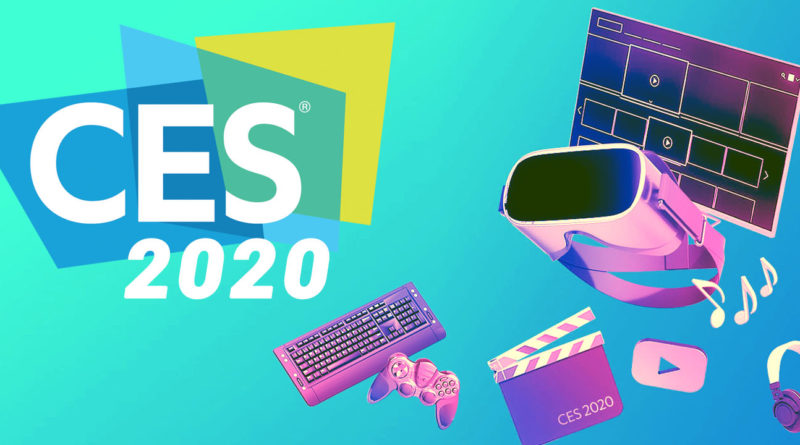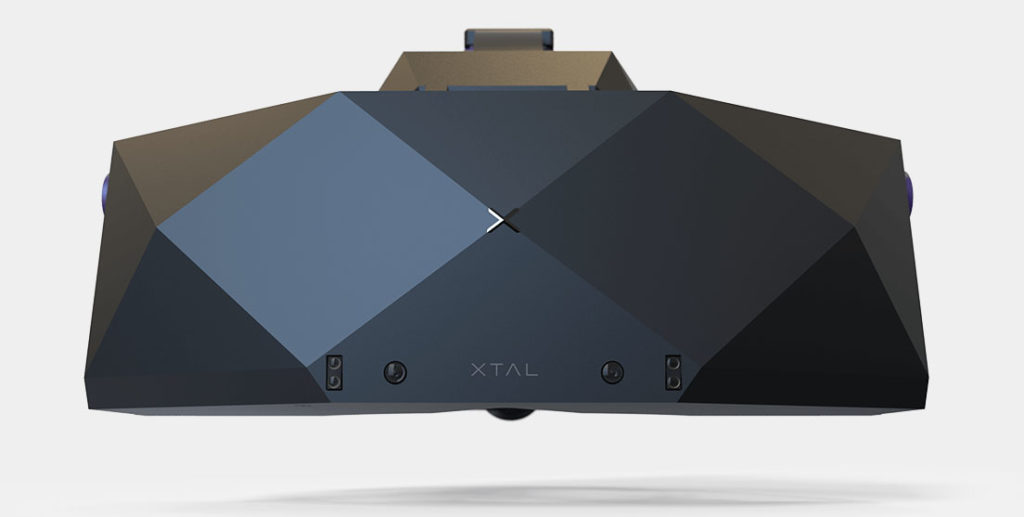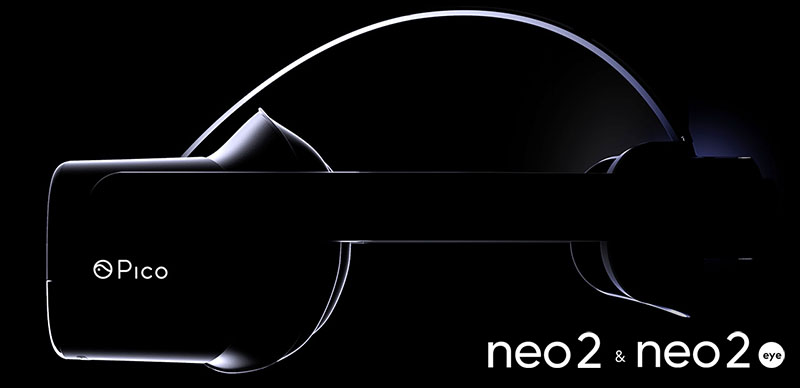VR Again a Strong CES Presence
The tech industry’s preeminent meeting of the brightest minds and most innovative ideas takes place every year at CES (formerly Consumer Electronics Show). Founded in 1967 in New York City and now based in Las Vegas, CES should need no further introduction to any savvy technophile. CES 2020 landed at the Las Vegas Convention Center on January 7 for three days of conferences, presentations, keynote addresses, and the widest array of futuristic products on Earth. Naturally, VR was once again a strong presence.
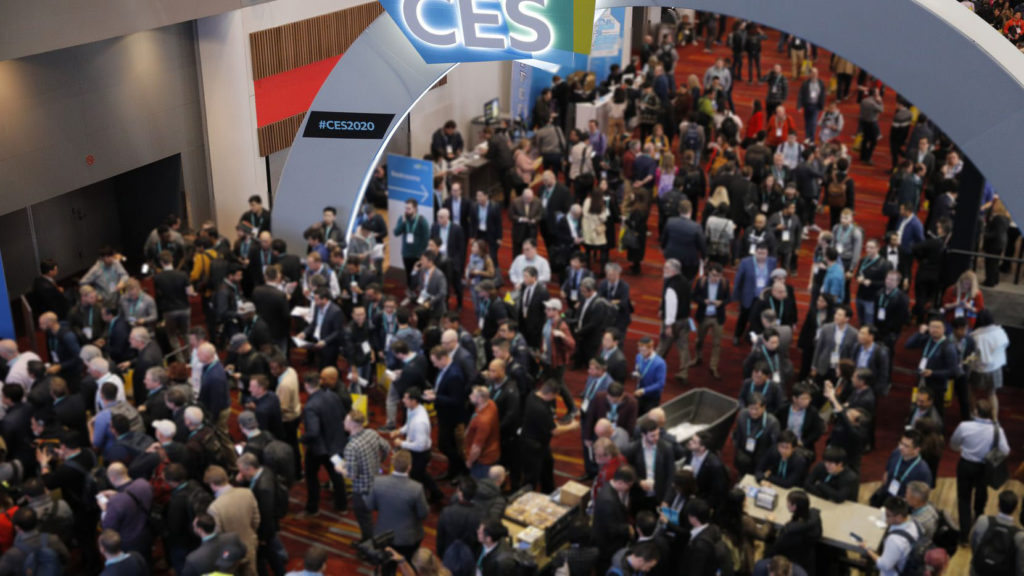
The Upper Echelon
Aimed squarely at the industrial, enterprise, and research markets, the successor to VRgineers’ XTAL was showcased to attendees. Already being utilized by the United States Air Force for pilot training, XTAL – it doesn’t yet have its own name – impresses both on paper and in action with dual 4K LCD displays bringing 16 million pixels to users. Eye-tracking and foveated rendering join with the “8K” display for what many attendees considered the standout VR showcase with the promise of an “AR mixed reality module” add on only whetting appetites further.
Pimax was a strong presence at CES 2020, previewing numerous new VR devices ranging from entry-level to far, far superior. Artisan, starting at $499, offers 1770×1440 per eye resolution, 120 Hz refresh rate, and IPD adjustment with eye and hand tracking add-on modules available. An enhanced version of Pimax’s 5K Plus, called 5K Super, will likely strain budgets quite a bit more but tempts high-end users with a 180 Hz max refresh rate, the highest on the market.
Topping off Pimax’s CES 2020 offerings, the 8K X features twin 4K displays and a 200-degree FOV to provide users with superior central and peripheral vision. Given what the 8K X offers, to the right user its base retail price of $1,299 will seem like a solid deal.
Style: Augmented
At a slightly more accessible price point, Pico’s Neo 2 and Neo 2 Eye ($700 and $900 respectively) added to the company’s business-focused range, the latter including eye-tracking. Also shown in prototype form at CES, Pico VR Glasses, a lightweight, smartphone-tethered, 3DOF VR wearable. Once again aimed at business use, Pico VR Glasses nevertheless show that strong VR capabilities are hitting a compact, discreet form factor.
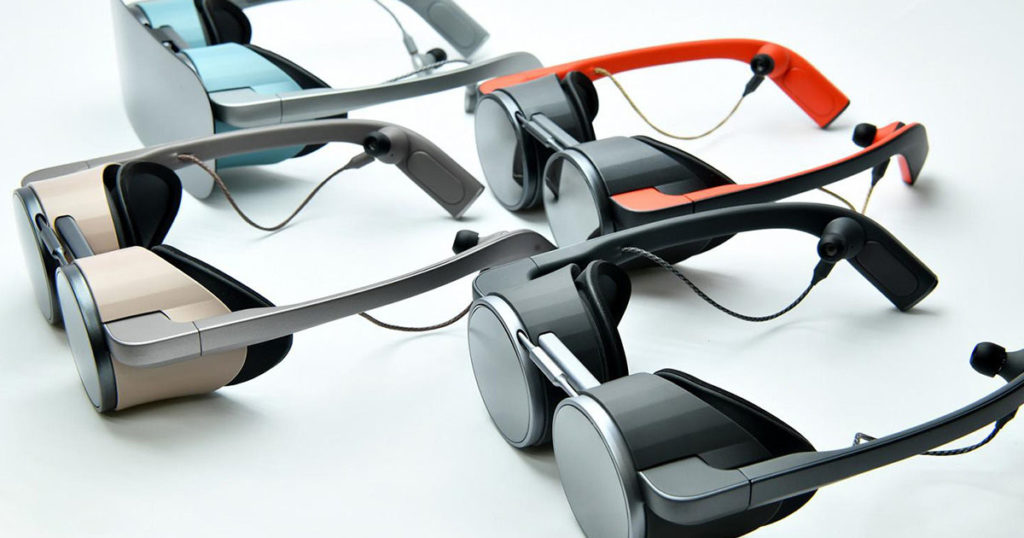
Augmented Reality and Mixed Reality also featured prominently at CES 2020 with a huge number of exhibitors integrating or directly showcasing AR in their presentations. Samsung casually revealed a pair of AR glasses during a fitness tech demonstration; Panasonic revealed little about its stylish and small HDR glasses – whether they’re VR alone or AR too, their intended platform, or an eventual market date – but nonetheless drew plenty of attention.
Blasting Into 2020

With 2019’s VR device sales holding strong and 2020 looking to bring even more users into the fold, it’s also worth commending Sony for its huge contribution to VR. Announcing not only the sale of 106 million PS4 units but also of 5 million PSVR packages (while barely even mentioning the forthcoming PS5 or PSVR2) the gaming giant is poised for a massive 2020 as are, it looks, VR users of all kinds.

